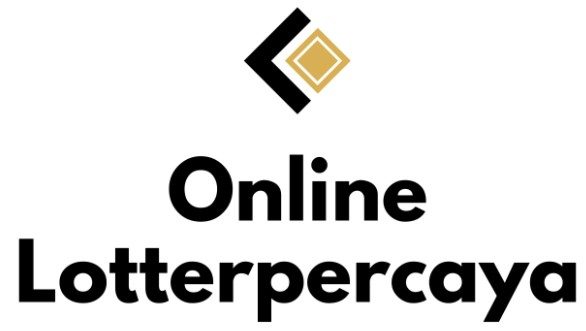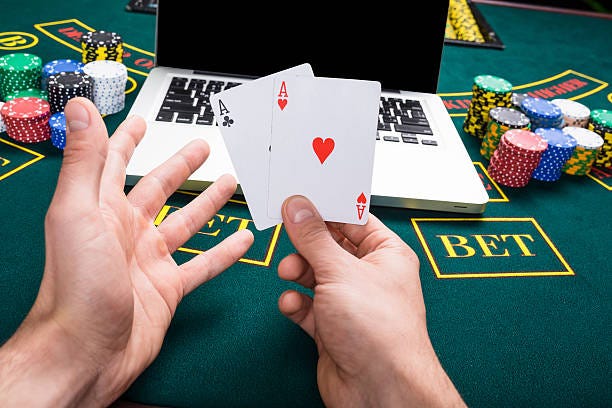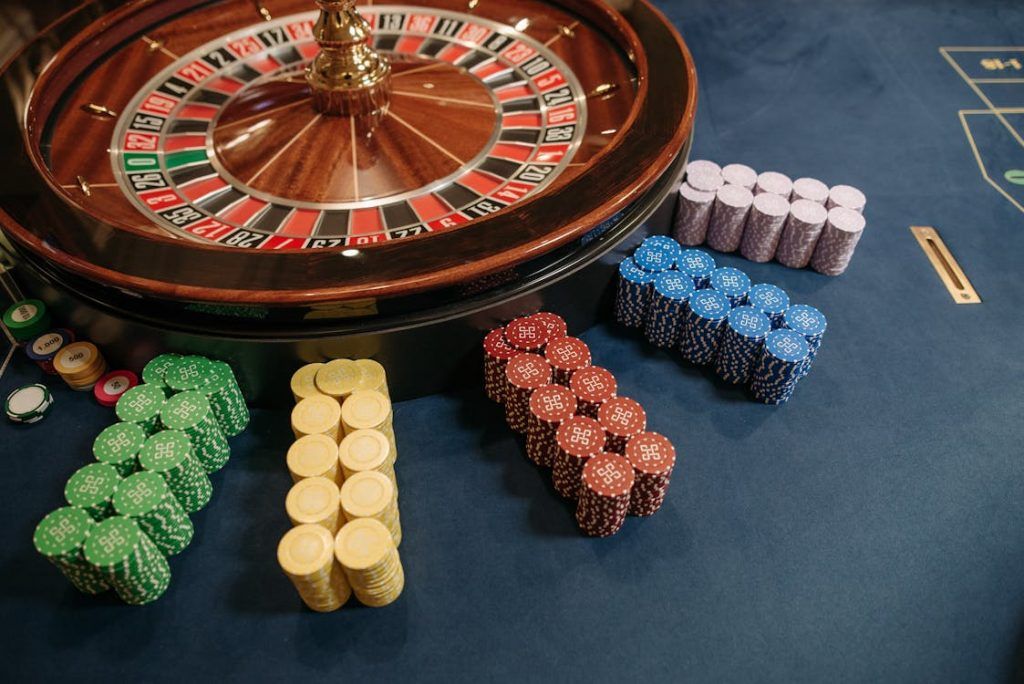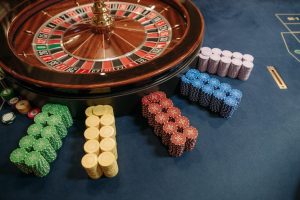In recent years, gamification has emerged as a powerful strategy to make complex and serious topics more engaging. One such area is the Eat-and-run Verification, a growing concern for both consumers and regulatory bodies. By turning the process of identifying and preventing fraudulent food practices into a game-like experience, players can learn, participate, and contribute to Eat-and-run Verification (먹튀 검증) safety in an interactive and strategic manner.
Understanding Food Fraud and Its Challenges
Food fraud encompasses a wide range of deceptive practices, including mislabeling, adulteration, and counterfeiting of products. These acts can have serious consequences, affecting public health, damaging brand reputation, and undermining trust in food systems. Traditional methods of verifying food authenticity often involve complex laboratory tests, inspections, and documentation checks, which can be time-consuming and difficult for the general public to engage with.
Gamifying these verification processes offers a solution by transforming routine checks into challenges that require observation, decision-making, and problem-solving. Players can take part in simulated scenarios where they identify suspicious ingredients, detect inconsistencies in labeling, and follow clues to trace product origins.
Designing Strategic Food Verification Games
Creating a game around food fraud verification involves incorporating elements of strategy and critical thinking. Players must analyze data, compare product details, and make decisions based on evidence. For example, a game may present a series of products with varying levels of authenticity. Players would have to assess packaging, nutritional labels, and sourcing information to determine which items are genuine and which are potentially fraudulent.
Points, levels, and rewards can motivate players to improve their verification skills. Strategic challenges may include time-limited missions where players must solve complex cases of adulteration, or cooperative tasks where teams work together to trace the supply chain of a suspicious product. This approach not only makes learning engaging but also encourages players to apply analytical thinking in real-world contexts.
Interactive Learning Through Realistic Simulations
Gamification allows players to engage with realistic simulations of food fraud scenarios. These can include virtual inspections of factories, tracing ingredient origins across multiple regions, or identifying subtle discrepancies in product labels. By interacting with these simulations, players gain a deeper understanding of how fraud occurs and the methods used to detect it.
Moreover, these games can be adapted for different audiences, from casual players seeking awareness to professionals in the food industry who require advanced training. The adaptability ensures that the gamified experience remains relevant and challenging for all levels of participants.
Encouraging Participation and Awareness
Gamifying food fraud verification does more than entertain—it fosters awareness and participation. Players develop a better understanding of the importance of product authenticity and the impact of fraudulent practices. By engaging with strategic tasks, they also become more attentive consumers, capable of making informed decisions in their daily lives.
Additionally, gamification can promote collaboration and community engagement. Leaderboards, team challenges, and shared missions encourage players to exchange insights and strategies, reinforcing collective learning and vigilance against food fraud.
Conclusion
Gamifying the Eat-and-run Verification transforms a serious and complex issue into an engaging, strategic, and educational experience. By combining interactive simulations, analytical challenges, and rewards, these games not only enhance awareness but also equip players with practical skills to identify and prevent fraudulent practices. Through this innovative approach, food safety becomes a collaborative, dynamic, and intellectually stimulating pursuit.





